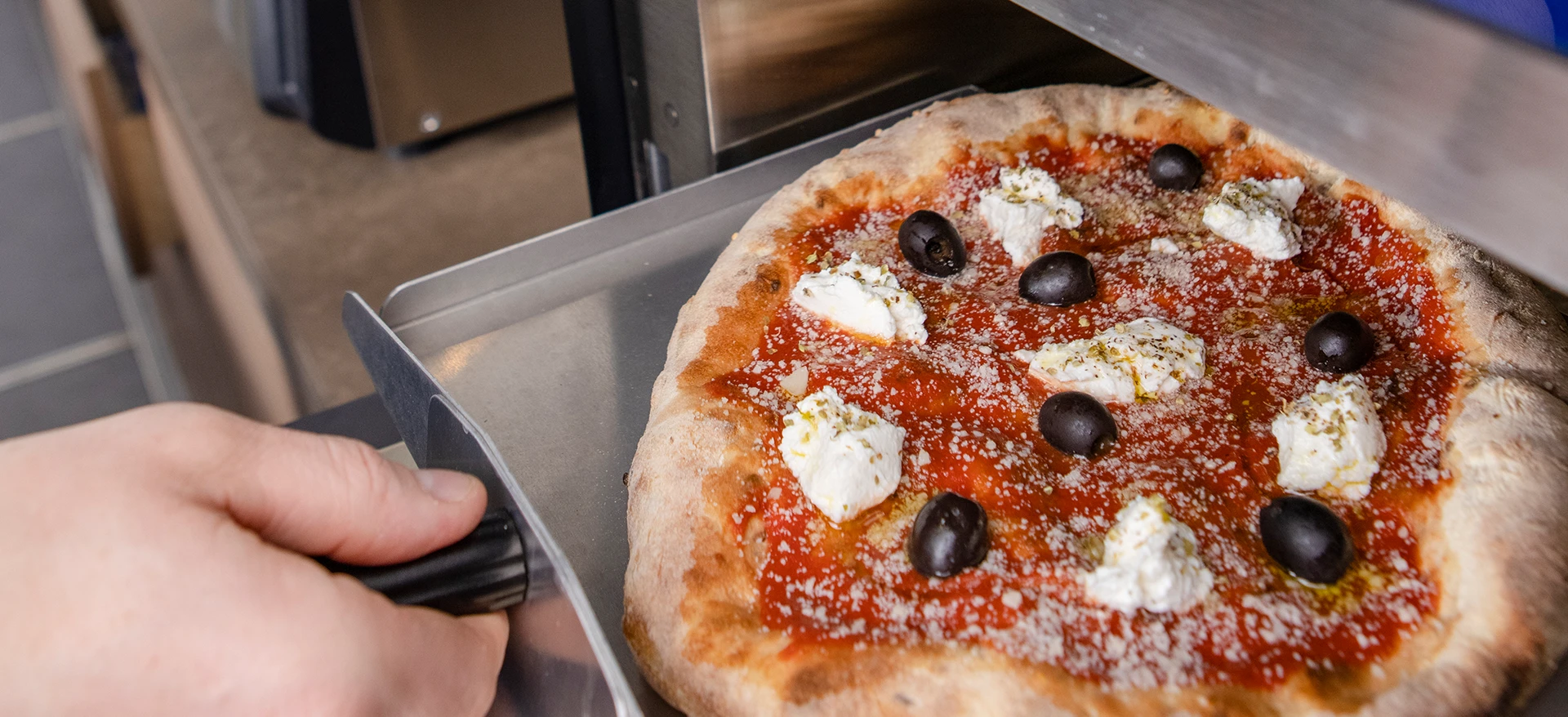Trends & Drivers

Trends and Drivers
Favorable structural growth drivers in Electrolux Professional Group’s end-markets are expected to drive long-term sustainable growth opportunities in the company’s target markets. We believe the following factors will be key drivers of growth in the global food, beverage, and laundry equipment industries:
Global trends impacting our industry
Increased demand for take-away and home-deliveries
With the post-pandemic new normal, including the normalization of hybrid work, there has been an increase in drive throughs, take-away, home-deliveries, and outdoor serving in restaurants.
Climate change and effective use of resources
Climate change and a shortage of water, energy, and other resources has created a need for sustainability and energy efficiency in all parts of society. Since energy costs are a significant part of the total cost of ownership, energy efficiency in professional solutions is central to any investment decision.
Digitalization
Digitalization and artificial intelligence affect the way we work and interact, and are changing the eco-system of our customers’ businesses. There will be greater demand for connected solutions, contactless payment, process optimization, and efficiency driven by new technologies.
Labor availability
There is still a shortage of labor in the hospitality industry which drives the cost of labor up. This is accelerating automatization and digitalization as there is a need to ensure high productivity with fewer employees.
Societal changes
Out-of-home professional services demand is raising due to a number of drivers;
- Increase in workforce participation,
- Prolongation of working age,
- Higher disposable incomes,
- Growth of the middle class and urbanization.